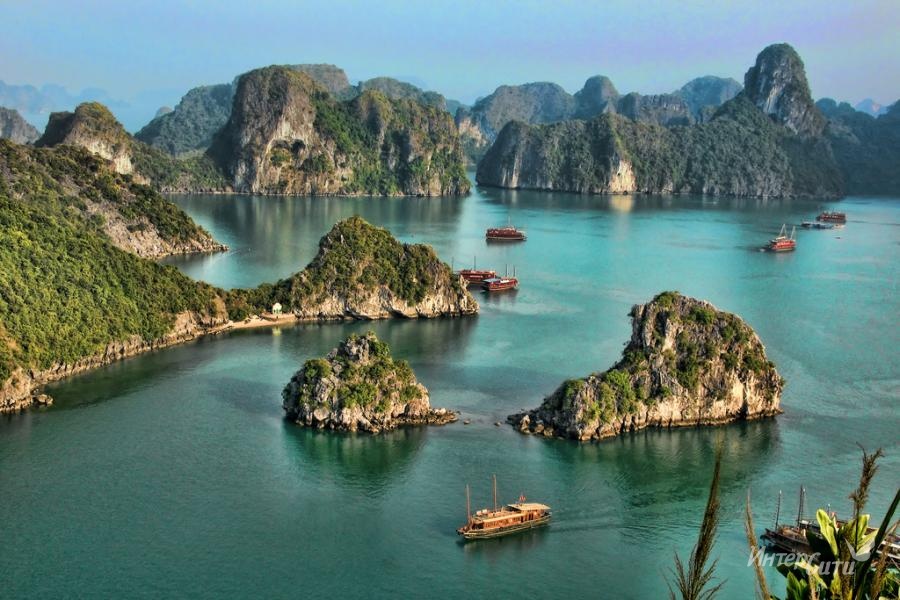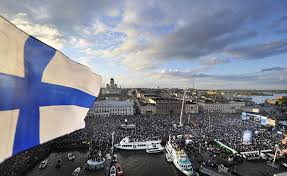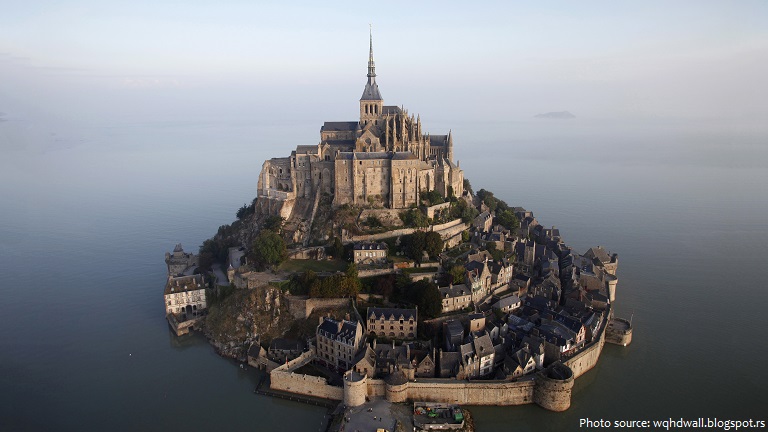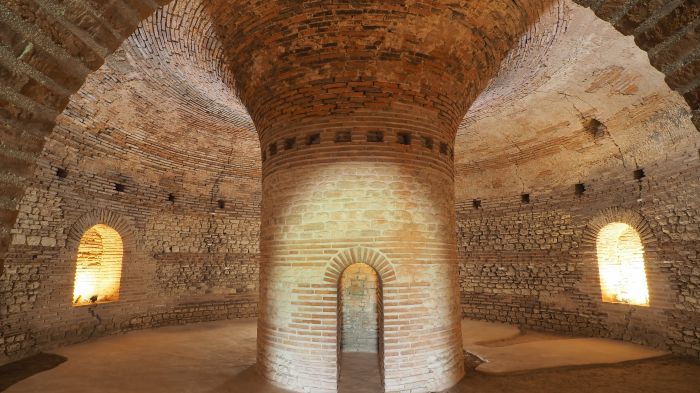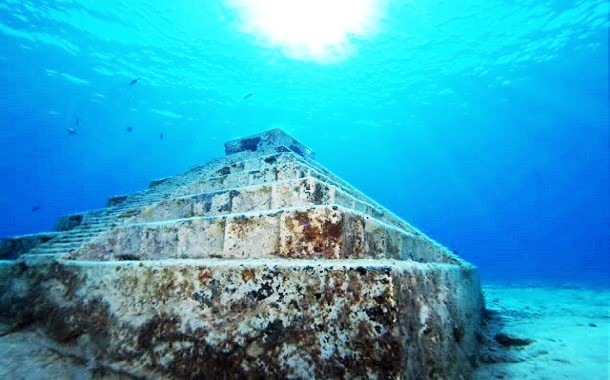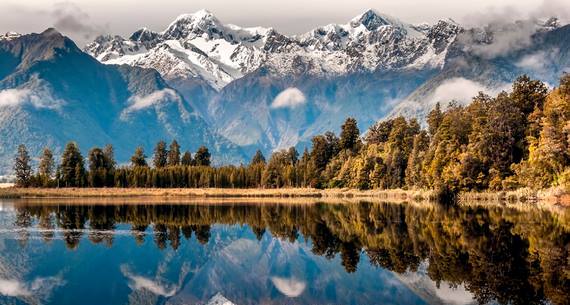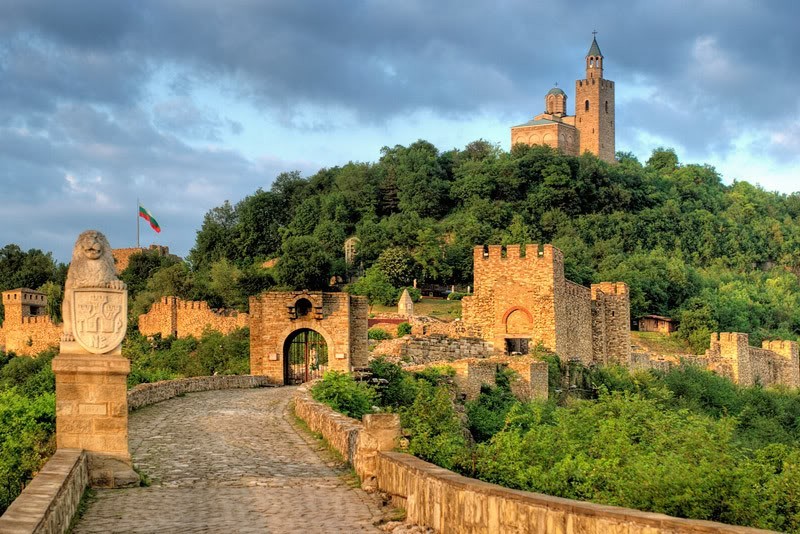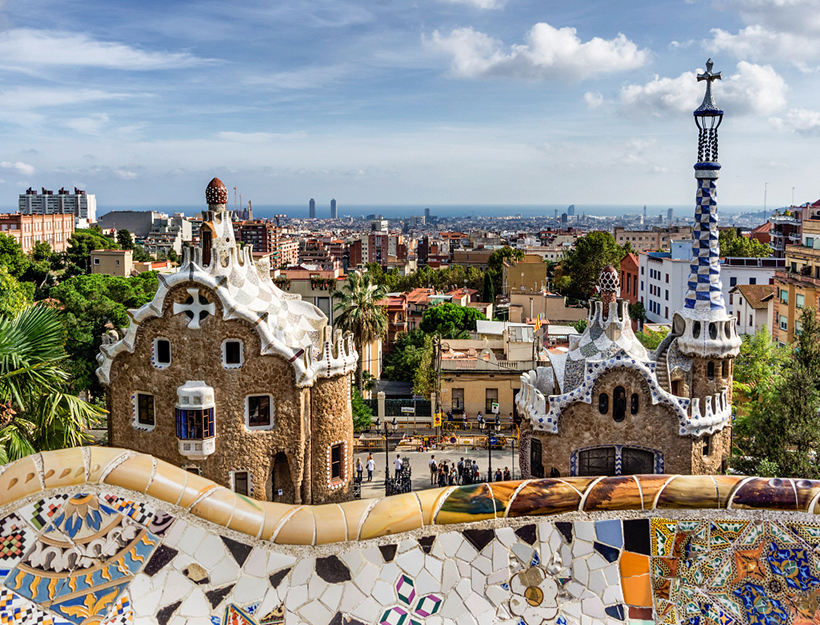The picturesque old town of Tivoli located 24 kilometers from Rome in the province of Lazio is incredibly attractive for those who is interested in history and architecture. As for architectural landmarks of Tivoli in Italy, there are fabulously beautiful villas with gorgeous gardens and waterfalls. Tourists who come to Rome often prefer visit more popular attractions of the Italian capital to Tivoli. And only true connoisseurs know that this city is really worth visiting.
For those who are interested in subject, I had made up a list of the most amazing places in Tivoli which you can’t ignore.
Villa Adriana in Tivoli
About 5 kilometers from the historic center is Hadrian’s villa, which has saved worse than the rest. This villa was built in the II century, it belonged to the emperor Hadrian who often rested here with his retinue.
The country residence occupied a large area on the bank of the river on which, besides the main palace, were theaters, temples, a library, baths, as well as numerous ponds and pools surrounded by a picturesque park.
In the II century the villa belonged to the emperor Adrian
In the Middle Ages, this villa fell into decay - the locals used it as a source of building materials for their homes. In the XV-XVI centuries, archaeological excavations were carried out on the territory of the Villa Adriana, which discovered many sculptures, mosaics, reliefs, which are now kept in museums and private collections.
It was here that the famous Disco-ball was found, as well as the Capitoline Antinous and Diana of Versailles. At the end of the XIX century, the state took the villa under its wing - the Main Square, the Emperor's Hall, the Maritime and Greek Theaters, the temple complex, the library were partially restored.
Villa Gregoriana
Villa Gregoriana is a landscaped park, known for its man-made grottoes, waterfalls, tunnels and other waterworks. All this magnificence was created in the 19th century under the leadership of Pope Gregory XVI, who decided to protect the city from destructive floods by building tunnels that divided the Aniene River into two branches leading to the outskirts of Tivoli.
Villa Gregoriana is a landscaped park with grottoes, waterfalls and tunnels.
As a result of the architectural and construction work carried out according to the design of Clemente Folkie, cascading waterfalls, streams, ponds appeared on the villa’s territory, and the once wild gorge became the favorite resting place of the Romans. The most popular attractions of the villa are the famous 120-meter high waterfall, Neptune and Siren grottoes, as well as the Miollis Gallery - a tunnel cut through the rocks at the direction of the French general, who was the governor of Rome during the Napoleonic wars.
Today, for the convenience of visitors, sightseeing routes have been laid on the territory of the villa, named after Pope Gregory, and observation platforms have been equipped. Excursion to the villa of Gregorian in Tivoli is considered one of the most interesting in the metropolitan region of Lazio
Villa d’Este
The third and perhaps the most impressive villa of the Tivoli architectural parks is Villa d’Este, located on the site of a former Benedictine monastery. The magnificent palace complex surrounded by a magnificent landscaped park, belonged to Cardinal Ippolito d’Este, who was appointed governor of Tivoli in Italy in 1550.
There are about 500 fountains in the park of Villa d’Este
The construction of the governor’s residence was entrusted to the architect Pirro Ligorio and the engineer Alberto Galvani, the finishing works were done by Livio Agresti, Federico Dzcarro and Girolamo Muziano. It is curious that part of the building materials used in the construction was removed from Hadrian’s villa.
The main building of the villa looks rather succinctly, but this rigor is fully compensated by the luxurious interior. The greatest impression is made not by the governor’s palace, but by the extraordinary beauty of a park with majestic staircases decorated with antique statues, picturesque alleys and magnificent fountains. All the fountains, and there are about 500 of them here, are completely different - the Ovoto fountain is crowned by a statue of Sibyl, the Draghi fountain is dragons, the Bikierone fountain is made in the shape of a sink, and the Organ is in the form of a huge organ that once produced wonderful musical melodies created by water streams, passing through the pipes.
The Fountain of Organa, in its time, published wonderful musical melodies.
It is worth noting that Villa d’Este served as a prototype for the construction of Versailles in Paris. And Russian Emperor Peter I was so impressed with the visit to the villa that after visiting here he decided to build Peterhof.
Papal Fortress in Tivoli
Papal Fortress, also known as Pius Fortress, is a special landmark of Tivoli, located 600 meters from the Communal Square - the central square of the city. The defensive structure was built in 1461 in honor of the transition of the city under papal authority. The construction of the fortress was led by Pope Pius II, followed by expansion - Sixtus IV and Julius II. From the end of the 19th century until 1960, the fortress was used as a prison. After this, the building was transferred to the city authorities, who organized a large-scale reconstruction.
The fortress of Pius is a powerful square-shaped structure, the corners of which are fortified with round towers of various heights. It often hosts various exhibitions and other cultural events.
Religious Sights
There are many churches and basil in Tivoli that deserve attention. Many of them contain unique works of art - ancient frescoes, icons and sculptures of historical and artistic value.
The fortress of Pius was built in 1461
In the Cathedral, located on the Cathedral Square, you can see the work of Vincenzo Manenti, Petro Lukatelli, Guido Reni, in the church of St. Anne - frescoes of the XV-XVIII centuries, in the church of St. Vincent - the frescoes of the XIV century, depicting Christ the Almighty and Holy Simforoz. Of no less interest are the Temple of Sibyl and the Temple of Vesta, which are located on the territory of the ancient acropolis of Tivoli.
And it’s really not the end. For more info, check out my page - there you can find photos and videos of the places I told about. Be sure that Tivoli won’t leave you indifferent- the beauty of it makes my heart beat faster.
Love ya!





